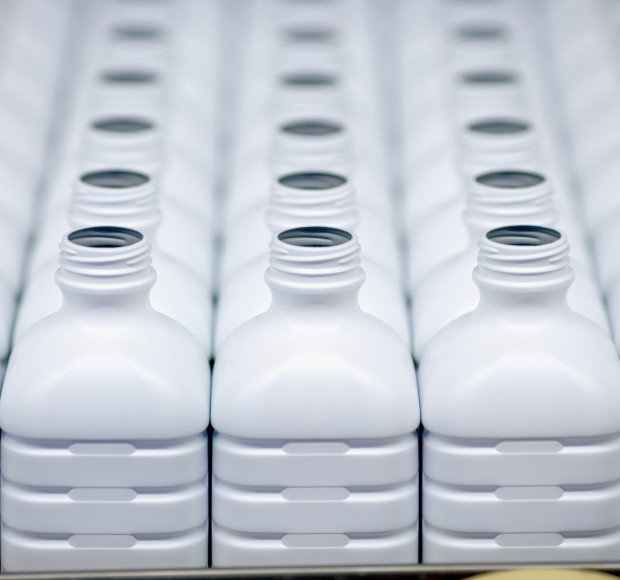The Plastic Packaging Industry focuses on the production of various types of packaging materials made from plastic polymers. This sector serves a wide range of industries, including food and beverages, pharmaceuticals, cosmetics, consumer goods, electronics, and more. Plastic packaging is valued for its versatility, durability, lightweight properties, and cost-effectiveness, making it a preferred choice for both consumers and manufacturers.
Key Segments of the Plastic Packaging Industry:
- Flexible Packaging: Includes plastic bags, pouches, shrink wraps, and films. These are widely used for products that need to be sealed, preserved, or protected from contamination.
- Rigid Packaging: Consists of containers like plastic bottles, jars, tubs, trays, and boxes. These are primarily used for food storage, cosmetics, household goods, and pharmaceuticals.
- Specialty Packaging: Custom-designed plastic packaging, such as blister packs, clamshells, and caps, tailored to specific product needs or branding.
Key Materials Used:
- Polyethylene (PE): Includes high-density polyethylene (HDPE) and low-density polyethylene (LDPE), commonly used for plastic bags, containers, and films.
- Polypropylene (PP): Used in bottle caps, microwaveable containers, and various consumer products.
- Polyethylene Terephthalate (PET): Widely used for beverage bottles and food packaging due to its clarity and strength.
- Polystyrene (PS): Employed in disposable cutlery, cups, and packaging peanuts.
- Biodegradable Plastics: Increasing in demand due to environmental concerns, these plastics break down more easily in the environment.
Industry Trends:
- Sustainability and Recycling: There’s a growing focus on producing recyclable or biodegradable plastic packaging due to environmental regulations and consumer demand for eco-friendly products.
- Innovation: Development of lightweight and high-barrier packaging to extend product shelf life and reduce transportation costs.
- Customization: Brands are opting for customized plastic packaging solutions that align with their image and improve consumer appeal.
- Regulatory Compliance: The industry is subject to stringent regulations related to safety, especially for food, pharmaceuticals, and medical packaging.
Challenges:
- Environmental Impact: Plastic waste management and reducing the industry’s carbon footprint remain critical challenges.
- Raw Material Prices: Fluctuations in crude oil prices, impact the cost of polymer resins.
- Regulatory Pressure: Governments increasingly impose regulations on single-use plastics, pushing the industry to develop sustainable alternatives.
The plastic packaging industry plays a crucial role in modern commerce, balancing the demand for cost-effective, versatile packaging solutions with the need to address environmental concerns and regulatory requirements.


